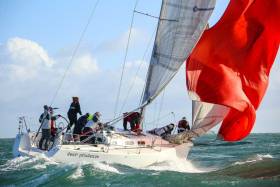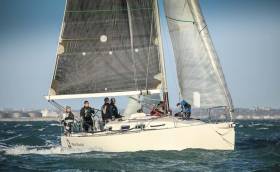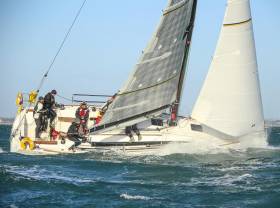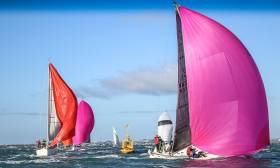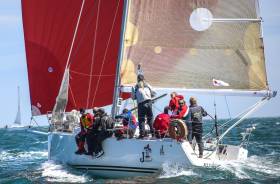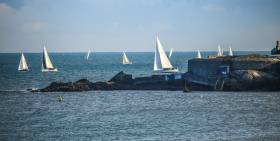Displaying items by tag: Turkey shoot
DBSC Turkey Shoot Leader Change as Winds Lighten on Dublin Bay
A change of conditions produced a change of leader in the Rathfarnham Ford sponsored DBSC Turkey Shoot Series after Sunday's light air race three but still J109 designs take the top three positions overall in the 46-boat fleet.
Dear Prudence has overtaken White Mischief at the top of the leaderboard with a third J109, Ruth, in third position in the Winter league on Dublin Bay.
Results are downloadable below.
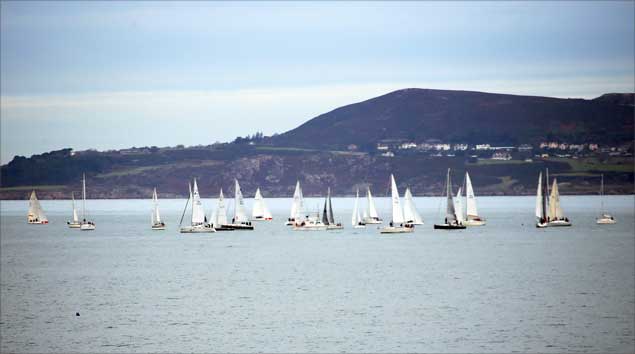 What look liked a no show for wind for race three of the 2017 DBSC Turkey Shoot....
What look liked a no show for wind for race three of the 2017 DBSC Turkey Shoot....
 ....soon produced some fine sailing conditions on Scotsman's Bay for the halfway point of the popular winter league
....soon produced some fine sailing conditions on Scotsman's Bay for the halfway point of the popular winter league
J109 White Mischief Continues to Lead DBSC Turkey Shoot
After two races sailed, White Mischief (Tim and Richard Gooodbody) lead the DBSC Turkey Shoot Series on Dublin Bay. J109 sisterships hols second and third places overall too.
It looks like a change of pace for this Sunday's race. After two heavy air races (with northwest winds over 30 knots) forecasts show that winds will be much lighter this weekend. 'We should see a lot more boats out', says race organiser Fintan Cairns.
Full race results are below.
Times and handicaps for Sundays race are also attached below. Gallery of race one images here and race two images here
DBSC Sailing Turkey Shoot Gets Another Heavy Air Outing on Dublin Bay
In a second week of strong winds and exhilarating sailing, leading J109 yachts competing in the Rathfarnham Ford sponsored DBSC Turkey Shoot recorded speeds of 15–knots today.
After a short upwind leg and a gybe at the outfall mark off the West Pier, a reduced fleet, due to the conditions, set a course downwind to the Muglins Rock off Dalkey Island in the southern end of Dublin Bay.
There were very few spinnakers flown in the early stages of the long downwnd leg as gusts of 32–knots from the north-west hit the mixed cruiser and sportsboat fleet that includes 1720s and a sole SB20.
 Windjammer was one of the first to pop the kite on the downwind leg to the Muglins
Windjammer was one of the first to pop the kite on the downwind leg to the Muglins
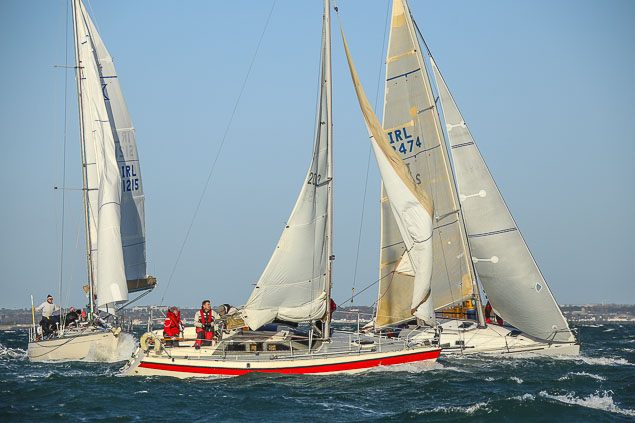 Exhilarating sailing at the DBSC Turkey Shoot Photo: Afloat.ie
Exhilarating sailing at the DBSC Turkey Shoot Photo: Afloat.ie
Today was the second in a series of seven races is held on Sunday mornings from 5th November to 17th December. An entry fee of €70.00 for the series includes temporary membership of DBSC and the Royal Irish Yacht Club.
Last year the series was dominated by J109s who took the top three places overall. This year the Js have a grip of the lead again with the JPK 10.80 Rockabill (that did not sail today) also in the frame after race one.
 The Sigma Golden Fleece (51215) to leeward makes her start
The Sigma Golden Fleece (51215) to leeward makes her start
'I was tactician last week on Rockabill VI and tactician today on Joker II this week. We got Joker II up to 15.8 knots on the windy run to Muglins', Prof told Afloat.ie
In addition to the title sponsor, DBSC's Fintan Cairns has also secured continued support from weekly sponsors North Sails and UK Sailmakers Ireland. Also lined up as sponsors are two new weekly sponsors Drumshanbo Gin and Windyridge Garden Centre.
See Afloat.ie's photo gallery from the second race below. Results update to follow.
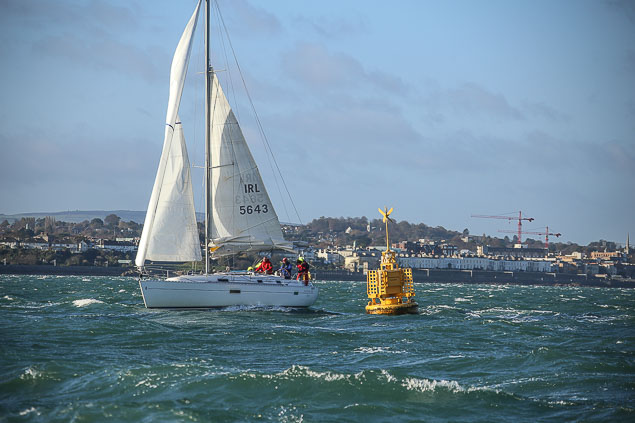 Calypso prepares to gybe
Calypso prepares to gybe

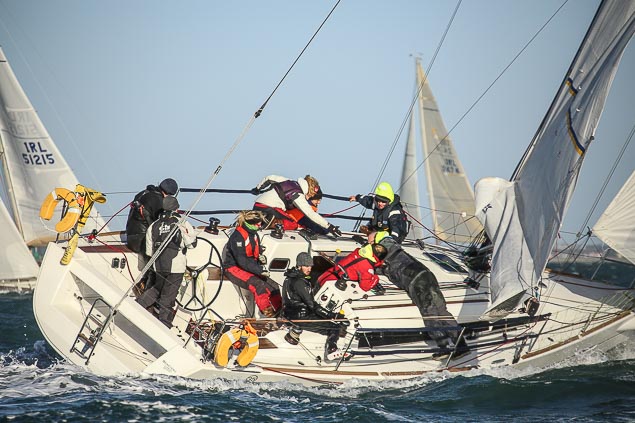
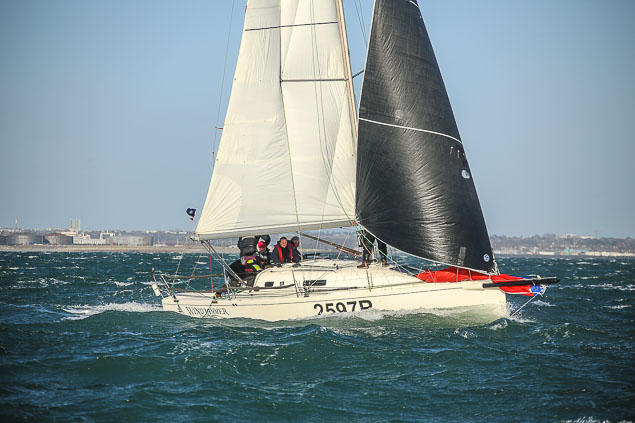
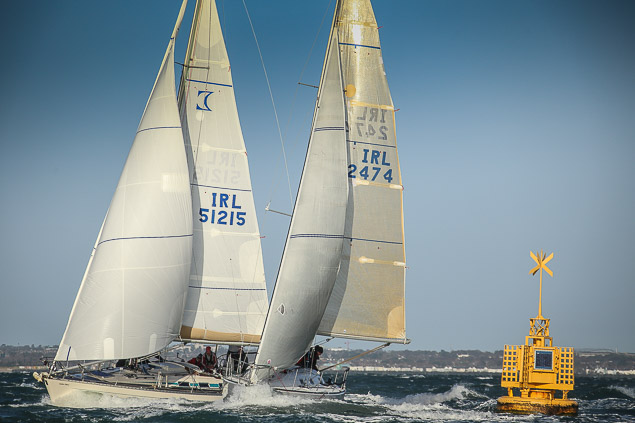
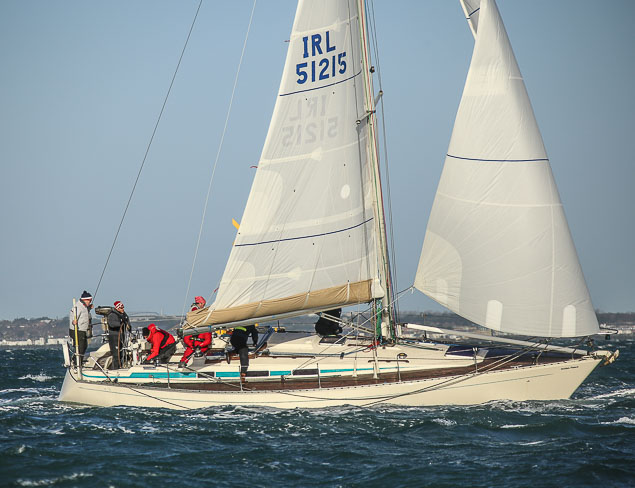

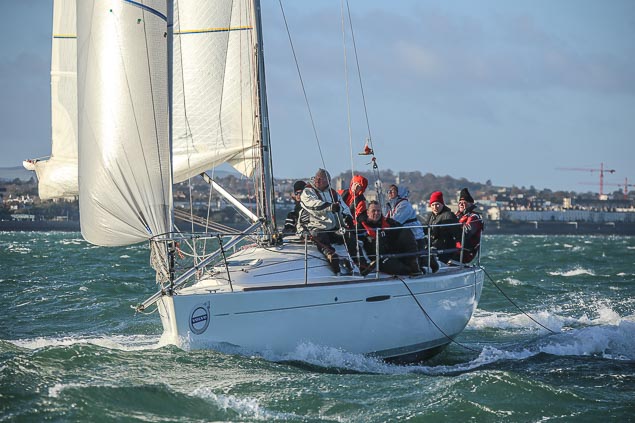
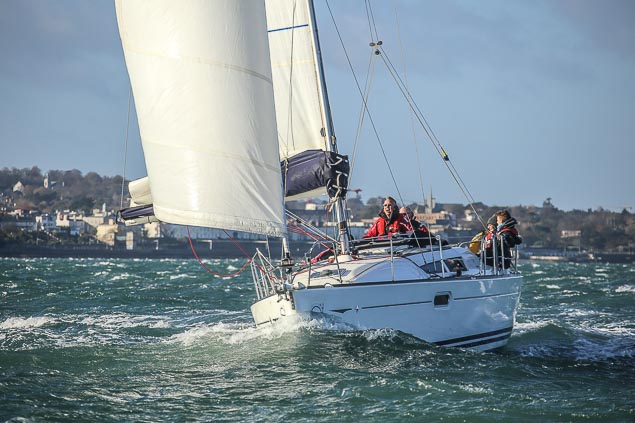
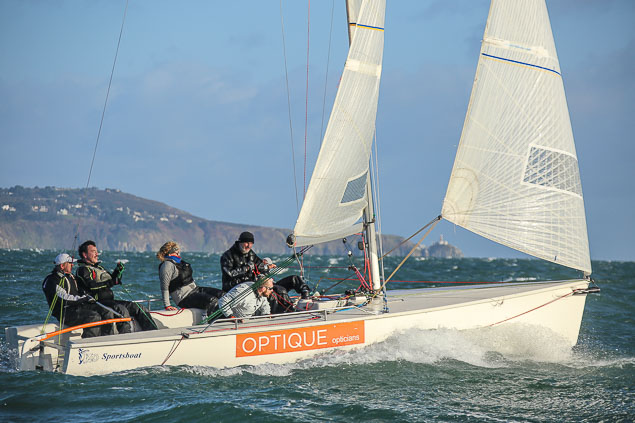
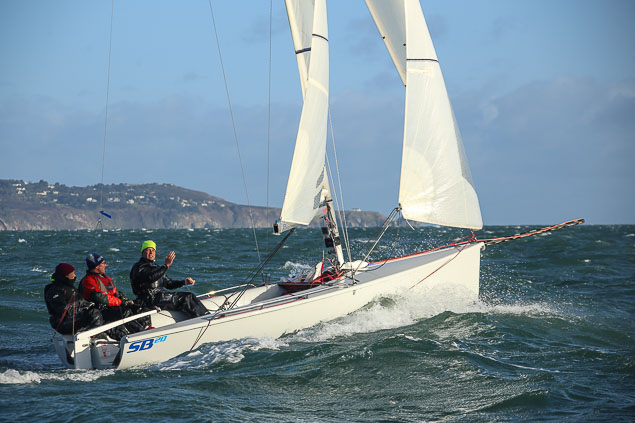
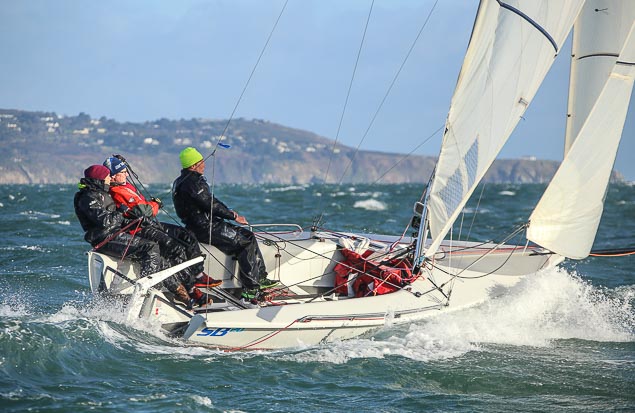
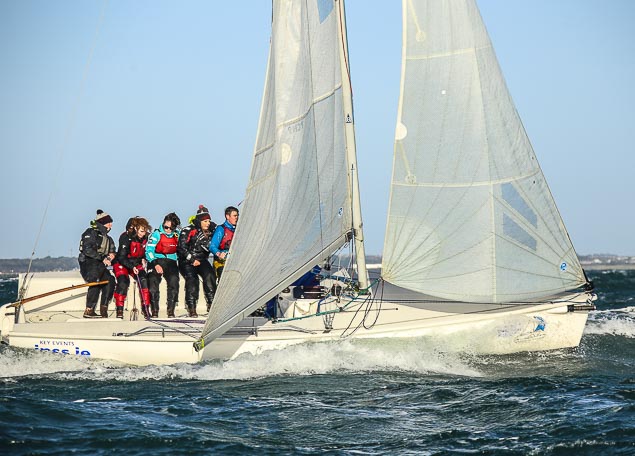
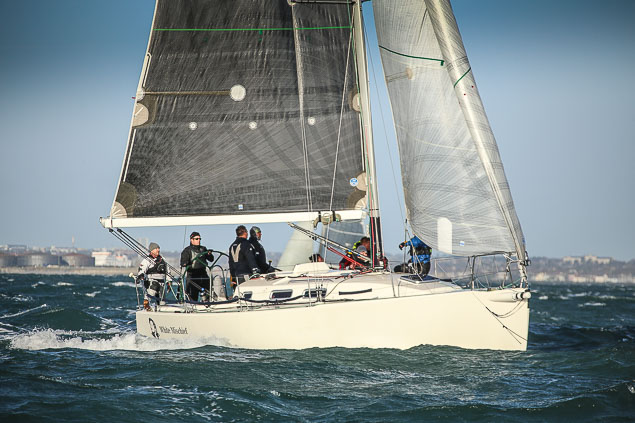
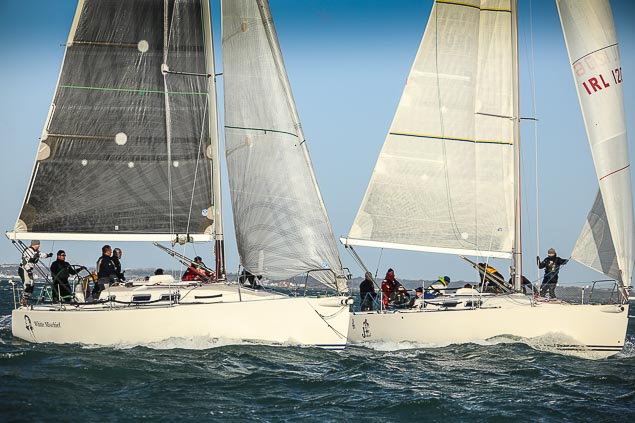

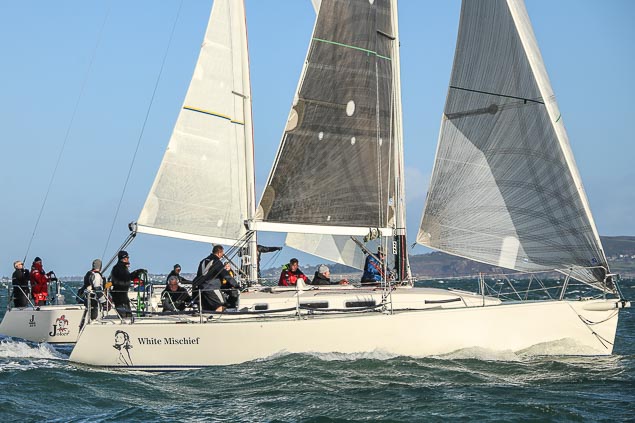

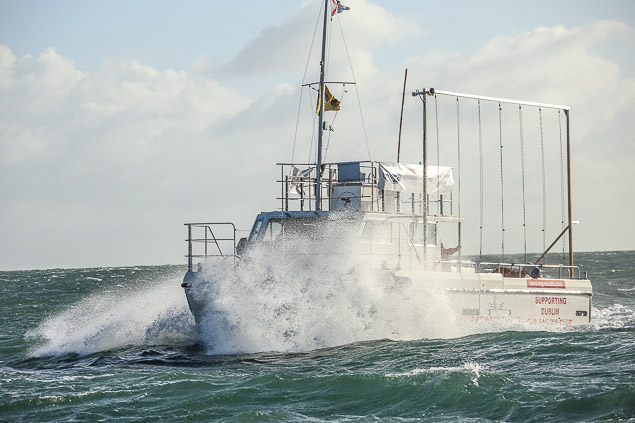
JPK 10.80 Breaks the J109 DBSC Turkey Shoot Stronghold on Dublin Bay
After taking the three top prizes in last year's Rathfarnham Ford Turkey Shoot Series, only the presence of Paul O'Higgins's JPK 10.80 in second, breaks up four J109s in the top five of this year's DBSC 46–boat fleet after the first race last Sunday.
Royal Irish's Richard Goodbody in White Mischief leads from clubmate O'Higgins in Rockabill VI with places three to five overall now taken by the J109s Chimaera, Dear Prudence and Jalapeno.
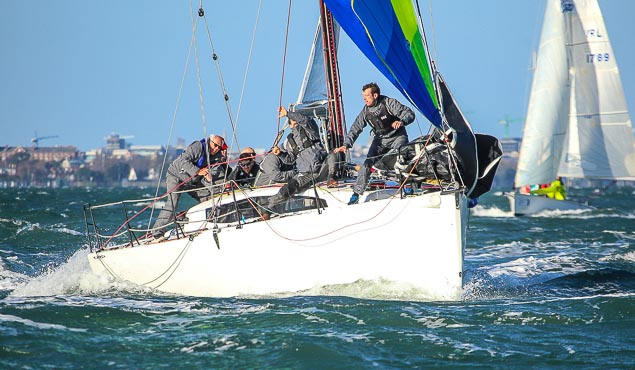 Above: Gybing the JPK10.80 in breeze last Sunday Photo: Afloat.ie (Below) from the deck – the team aboard Rockabill VI included Marty O'Leary, the recent winner of J109 Nationals (tactician on "Storm II") and the SB 20 inlands in Dromineer. Photo: Maurice O'Connell
Above: Gybing the JPK10.80 in breeze last Sunday Photo: Afloat.ie (Below) from the deck – the team aboard Rockabill VI included Marty O'Leary, the recent winner of J109 Nationals (tactician on "Storm II") and the SB 20 inlands in Dromineer. Photo: Maurice O'Connell
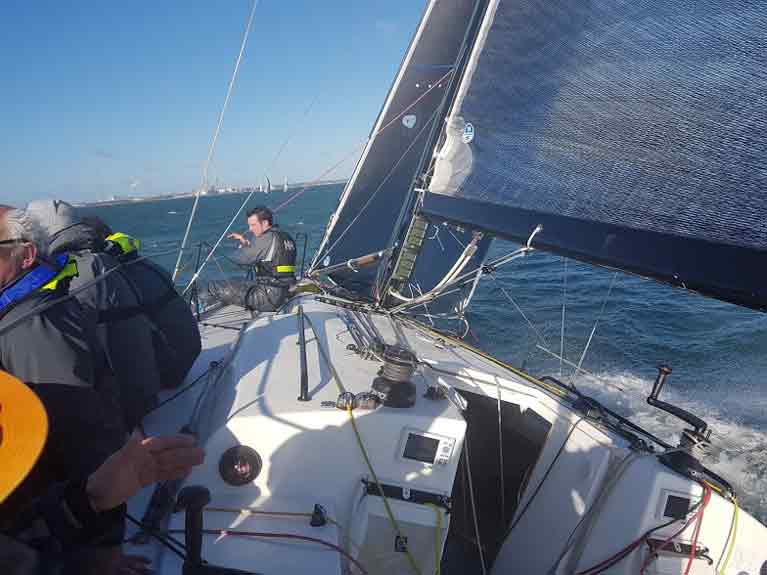
Full race one results are below. Times and handicaps for Sundays race are also attached below. Gallery of race one images here.
Big Winds Get Rathfarnham Ford DBSC Turkey Shoot Underway on Dublin Bay (Photo Gallery)
Dublin Bay Sailing Club's popular Turkey Shoot Series got off to a breezy start on Dublin Bay this morning for an all–star cast of sailing cruisers that includes last year's winner, the triple ICRA Champion Joker II (John Maybury) and the Dun Laoghaire to Dingle winner Rockabill VI (Paul O'Higgins) both of the Royal Irish Yacht Club.
Open to all, the 60–plus boat fleet has also attracted the INSS's Kenny Rumball, this year in an SB20, with several 1720 sportsboats also racing.
The series of seven races is held on Sunday mornings from 5th November to 17th December. An entry fee of €70.00 for the series includes temporary membership of DBSC and the Royal Irish Yacht Club.
Last year the series was dominated by J109s who took the top three places overall.
In addition to the title sponsor, DBSC's Fintan Cairns has also secured continued support from weekly sponsors North Sails and UK Sailmakers Ireland.
See Afloat.ie's photo gallery from the opening race below. Results update to follow.

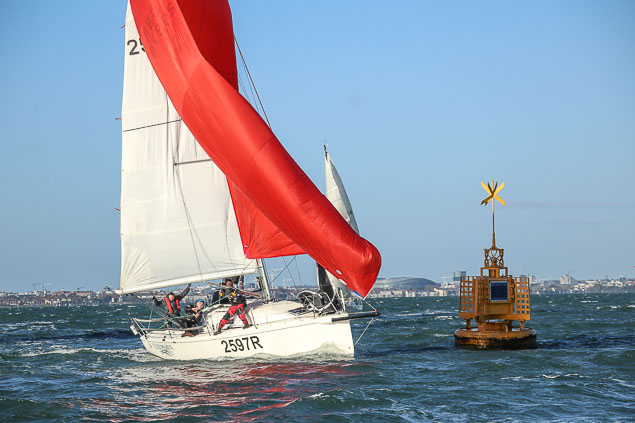
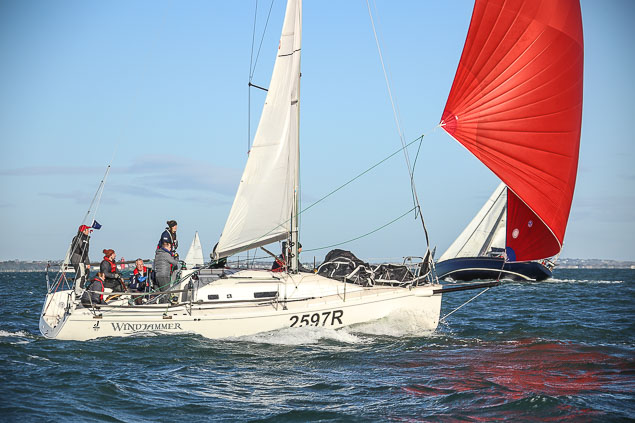
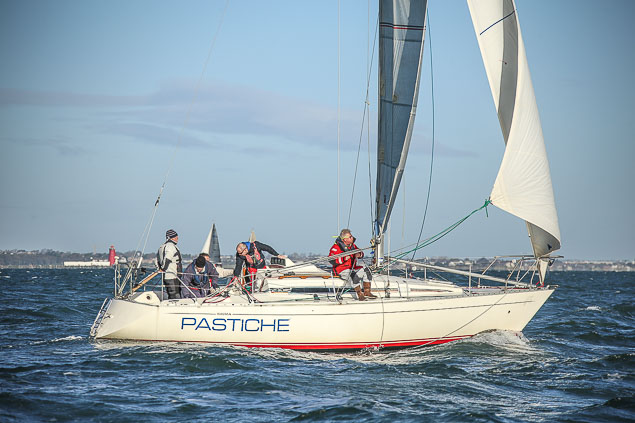
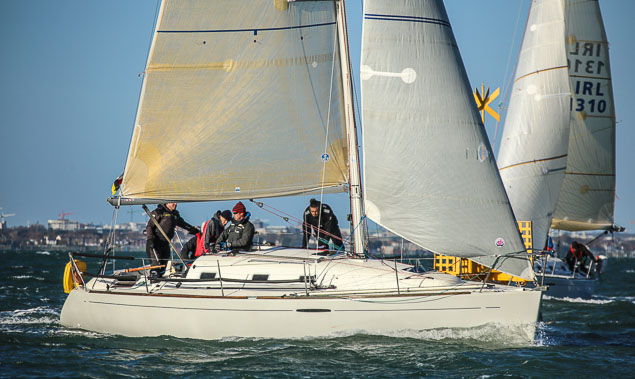
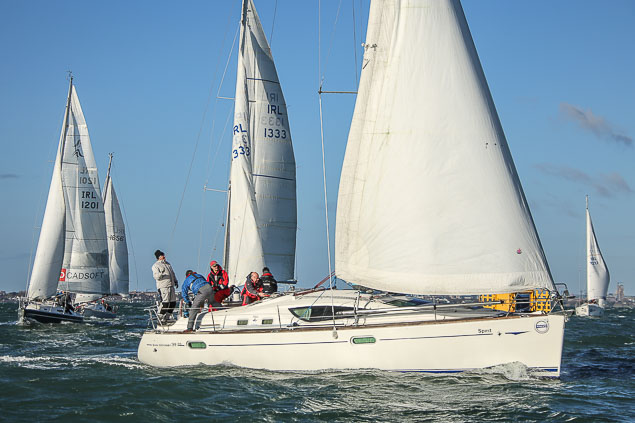
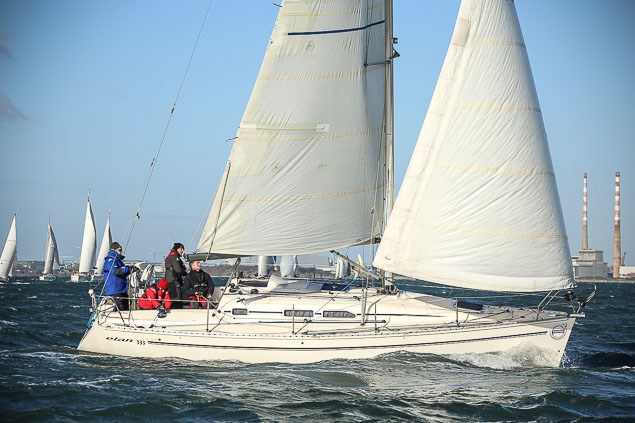

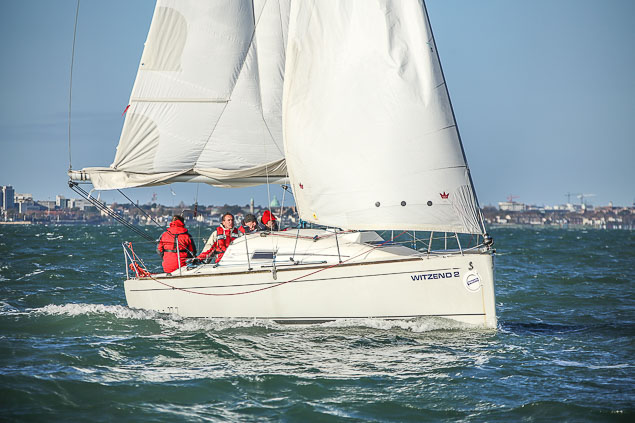
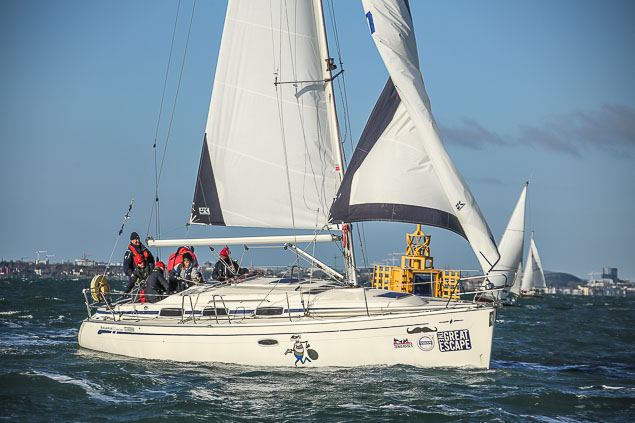




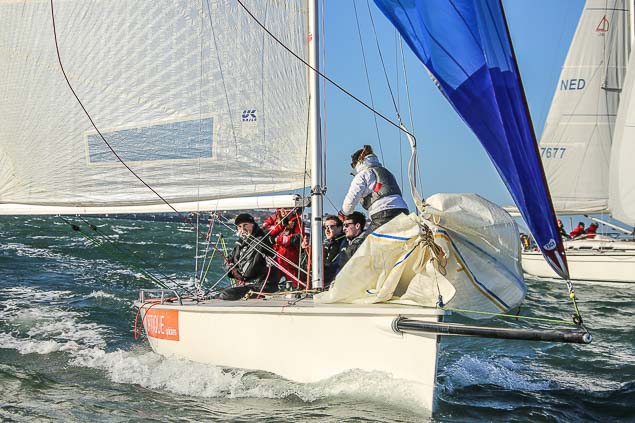

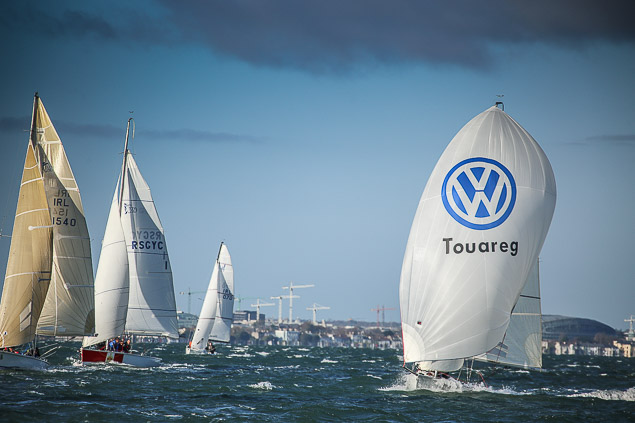
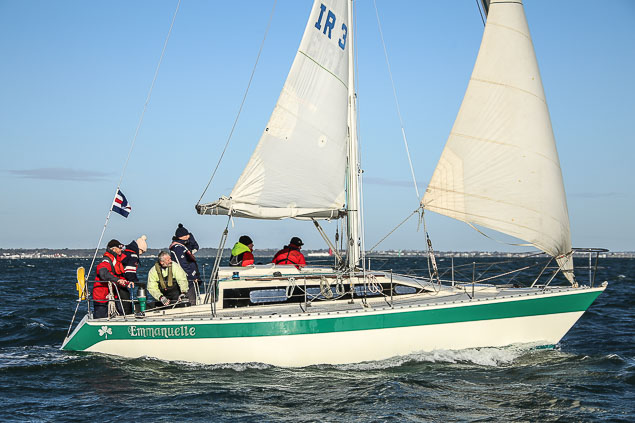
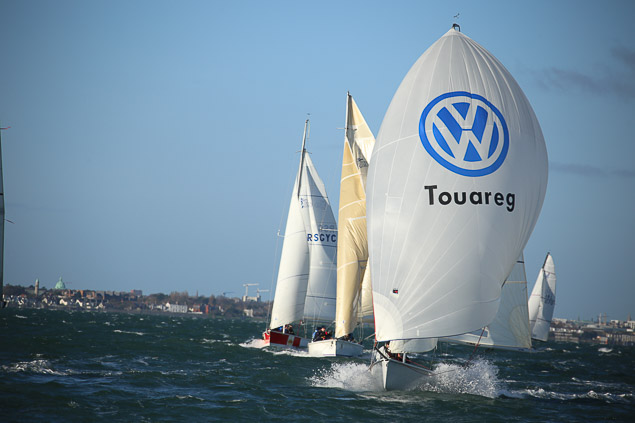
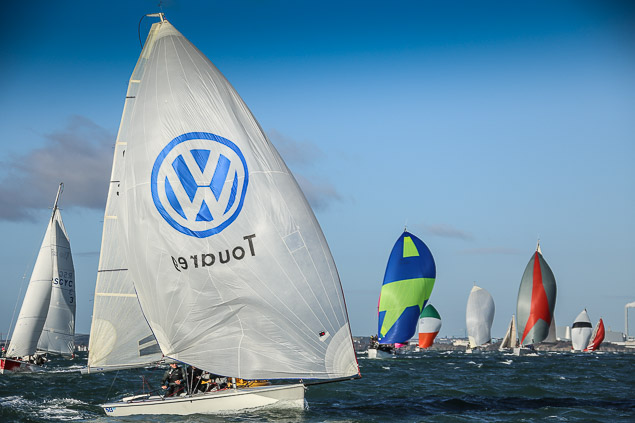
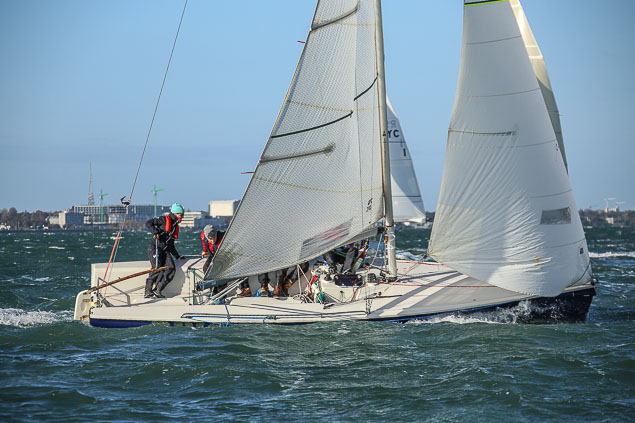
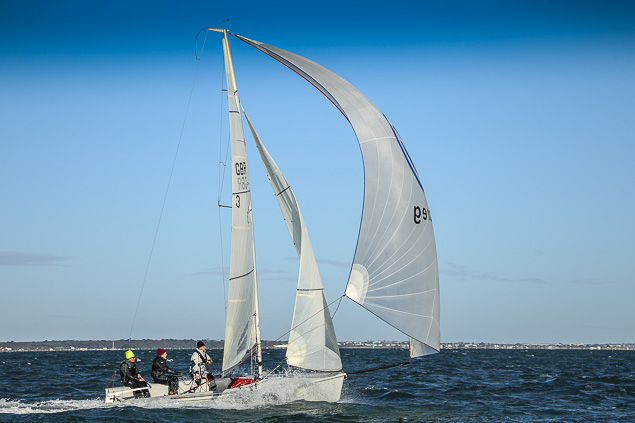
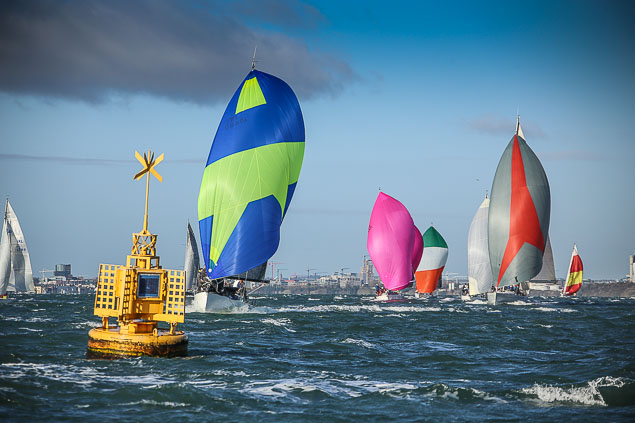


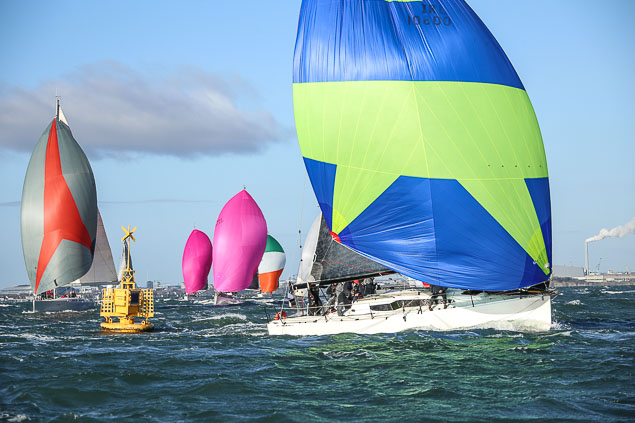
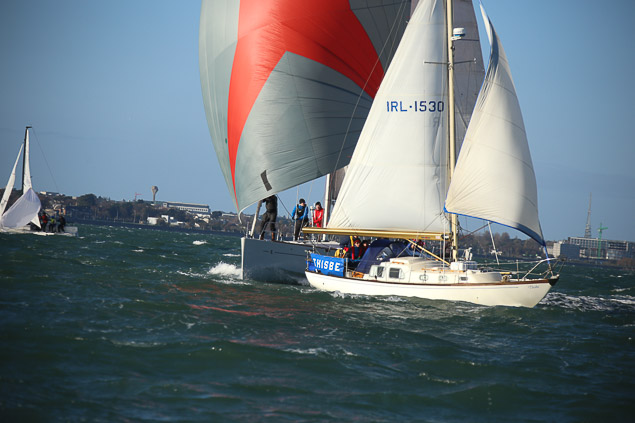
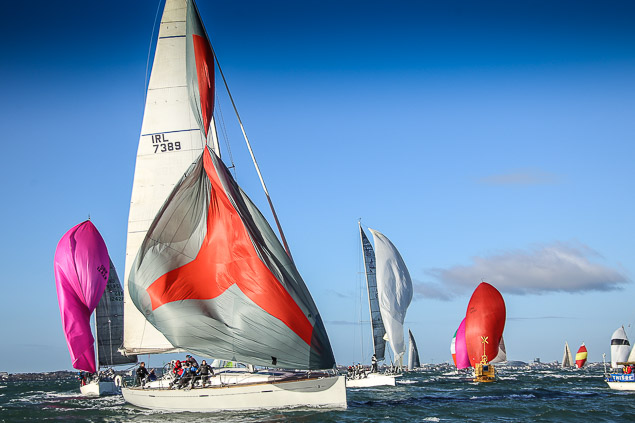

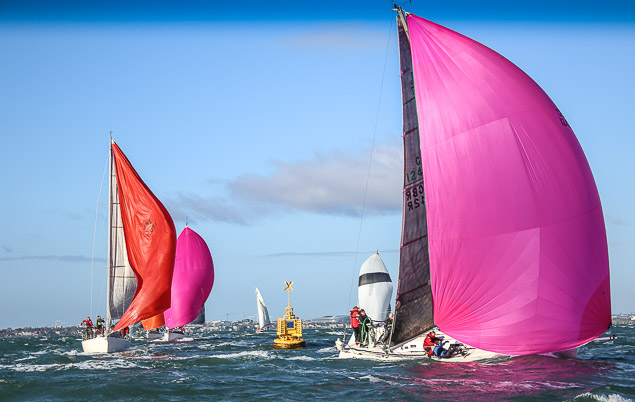
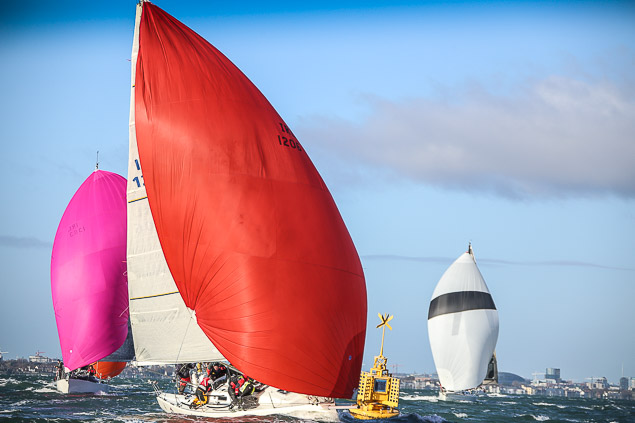

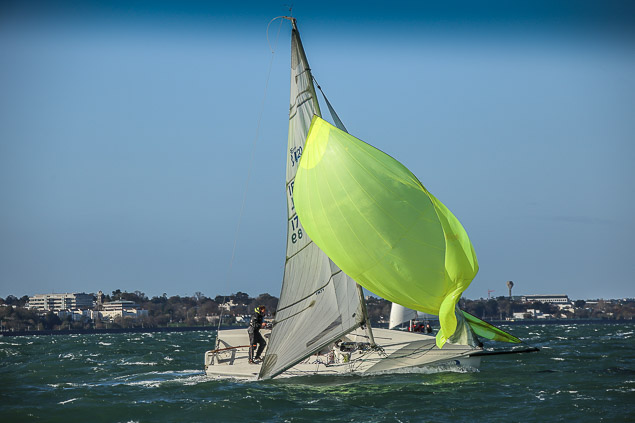
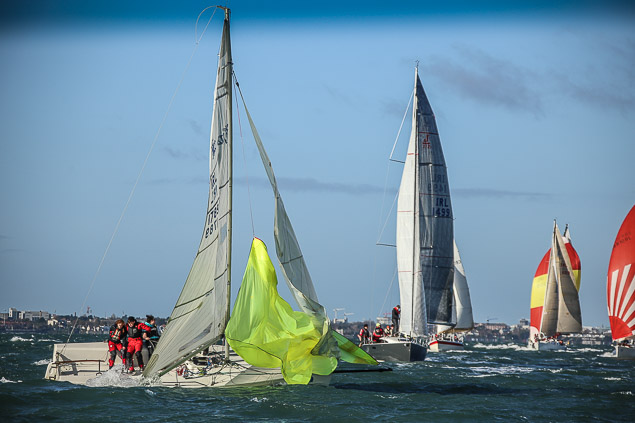
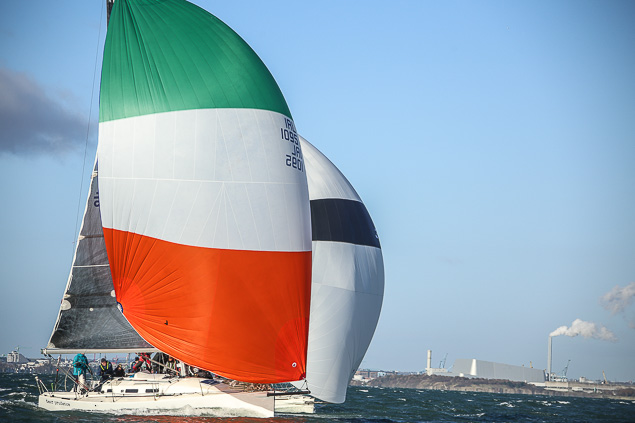
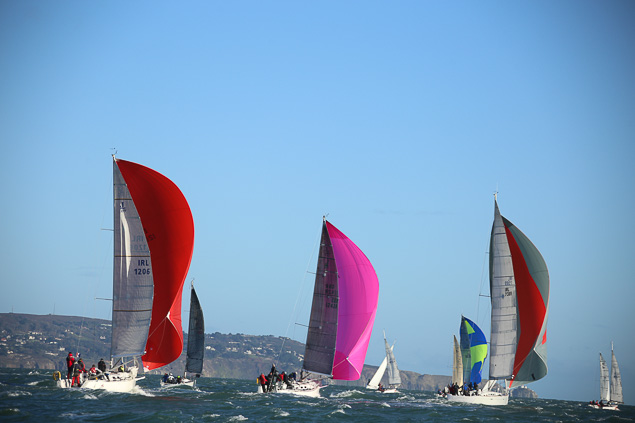
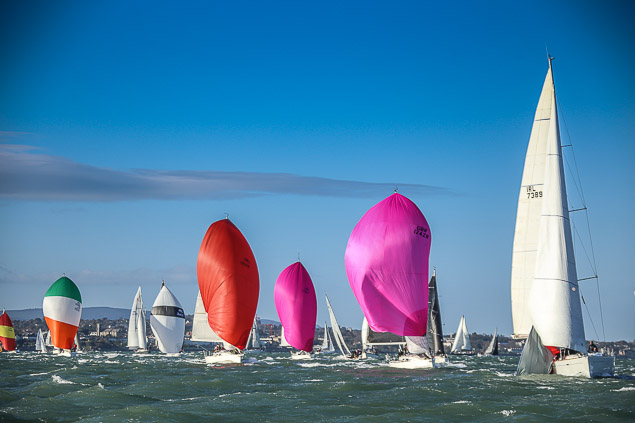
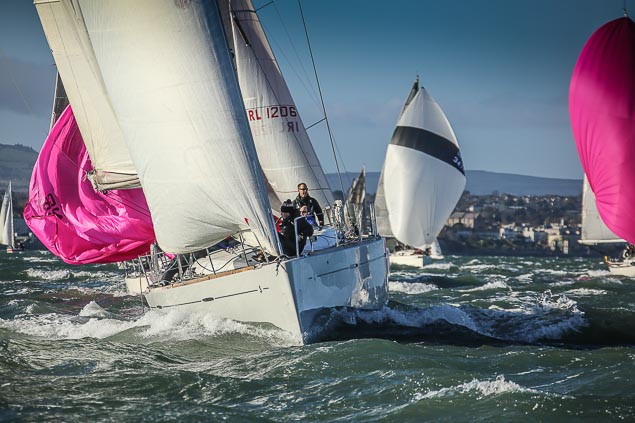
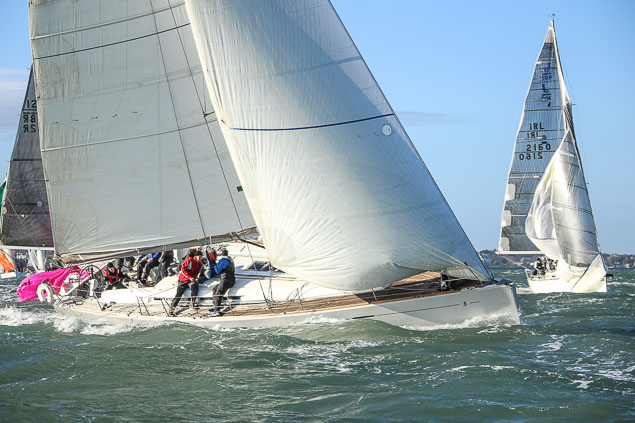
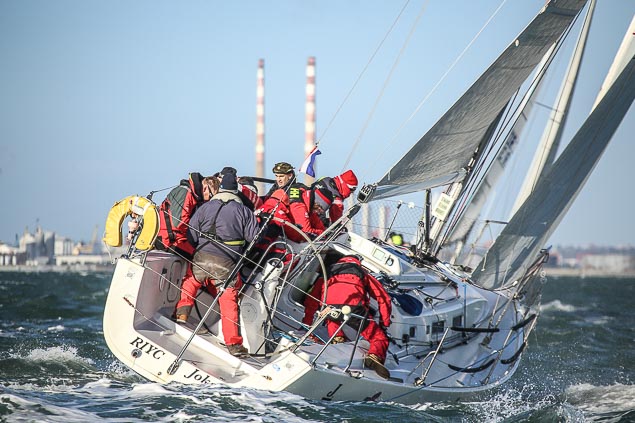
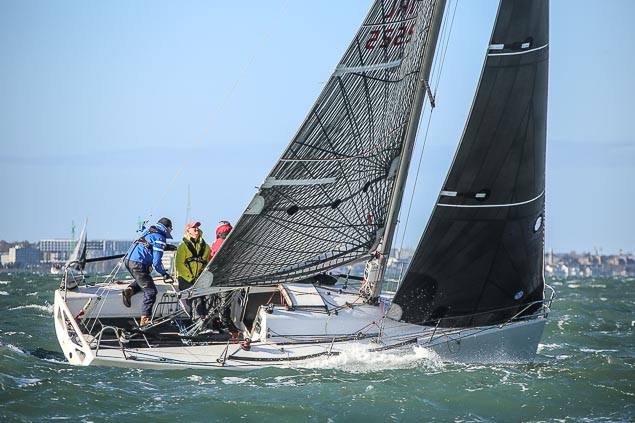

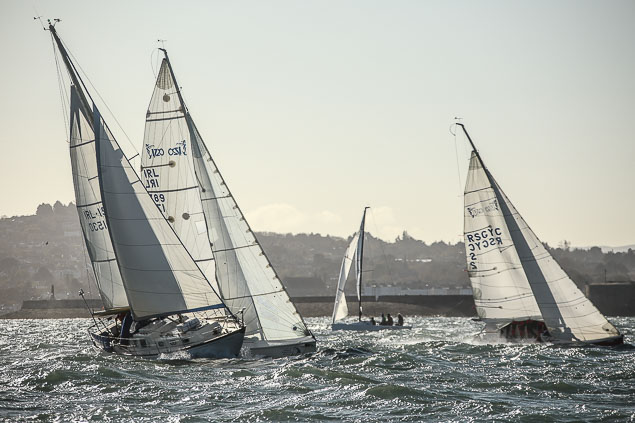

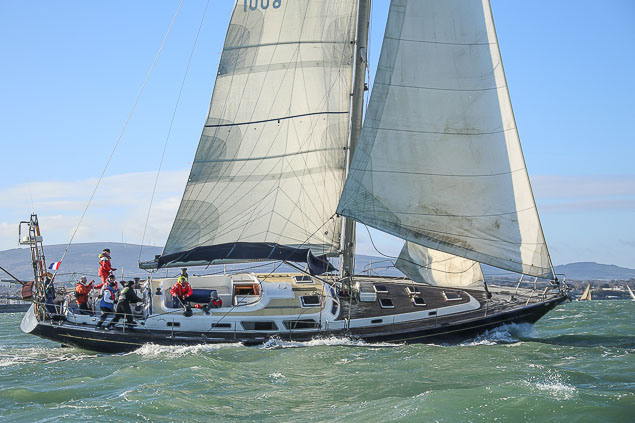

Photo Sales Gallery here
Rathfarnham Ford Continue DBSC Turkey Shoot Series Sponsorship (Download NOR here)
Rathfarnham Ford will continue its support of the country's biggest winter yacht racing when Dublin Bay Sailing Club's (DBSC) Turkey Shoot Series resumes next month.
A series of seven races will be held on Sunday mornings from 5th November to 17th December. An entry fee of €70.00 for the series includes temporary membership of DBSC and the Royal Irish Yacht Club.
Last year the series was dominated by J109s who took the top three places overall.
In addition to the title sponsor, DBSC's Fintan Cairns has also secured continued support from weekly sponsors North Sails and UK Sailmakers Ireland.
Attached below is a Notice of Race and Entry Form for the league that last year attracted over 74 mixed cruiser–racers ranging from Flying Fifteen one designs right up to 50–ocean going yachts.
Joker II Wins DBSC Turkey Shoot, J109s Take Top Three Places Overall
Despite two attempts to start its impressive 74–boat fleet Dublin Bay Sailing Club (DBSC) was unable to get its final sixth race of the Rathfarnham Ford series away on Sunday due to lack of wind. As a results the previous results stood, giving J109 designs the top three places overall. National IRC One champion Joker II (John Maybury) was the overall winner. Results are downloadable below.
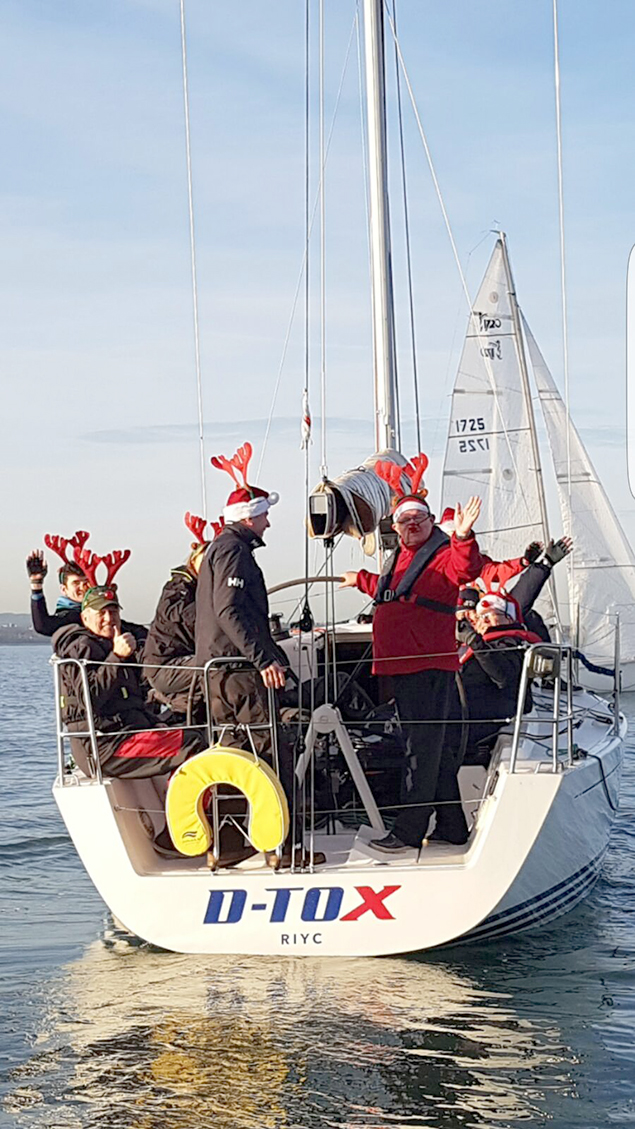 D–Tox from the Royal Irish Yacht Club
D–Tox from the Royal Irish Yacht Club
1720 Leads into Last race of DBSC Turkey Shoot (Results Here)
1720 Sportsboats occupy two of the top three places overall with one race to go in the Rathfarnham Ford DBSC Turkey Shoot Series on Dublin Bay.
The 1720 Zelus on 49 nett points tops the 74–boat fleet leading the Beneteau 31.7 Camira by 10 points. Third is the 1720 Lady Cartoon on 62 points.
Download results below.
DBSC Turkey's Wait for Wind Pays Off in Penultimate Race
Yesterday's penultimate DBSC Turkey Shoot race was completed but only after Race Officers chased the wind across Dublin Bay.
After a wait for wind yesterday morning the DBSC flagship was moved from the outfall buoy off Dun Laoghaire's West Pier to set a new course in towards the city where winds appeared more solid.
The 74-boat Rathfarnham Ford fleet got underway in a light but steady northwesterly. Organisers had it all to do to get the big turnout racing and resorted to a black flag to get some unruly J109s off the line.
In the end, 16 entries were given estimated times for this fifth race as the wind died before the finish. Results to follow on Afloat.ie
The final race takes place next Sunday
Handicaps & Starts For DBSC Turkey Shoot
Overall scores start to get interesting now with discards kicking in at DBSC's six race Turkey Shoot series on Dublin Bay this Sunday. Below are Handicaps and Starts for next Sunday with no changes in starts from last weekend.


























